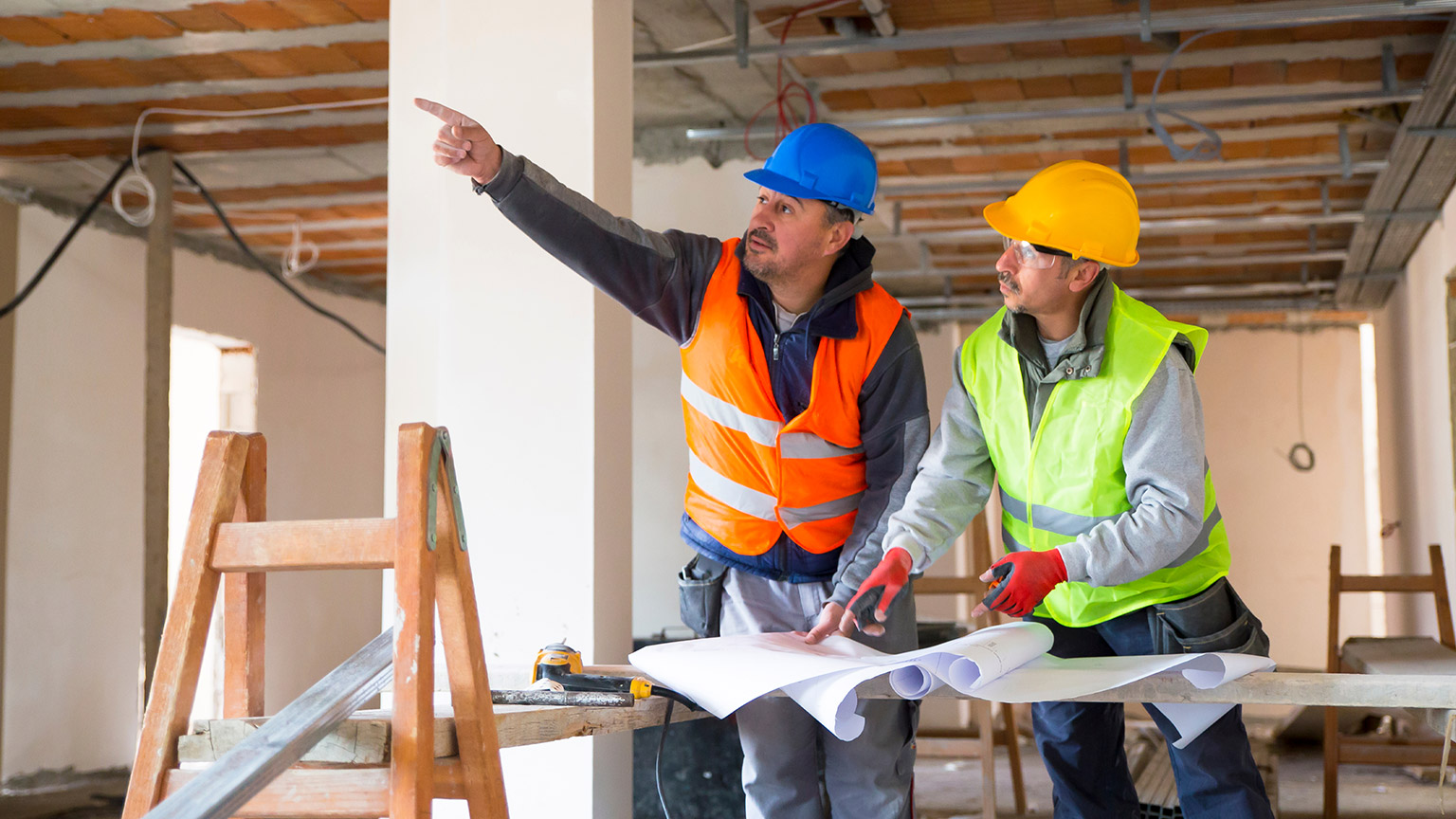Welcome to your next topic of Lead and Monitor Team.
In this topic, we look at how to lead, monitor and measure the team's performance and progress against work programme requirements, scheduling, and task allocations.
In the construction world, supervision is like having a helping hand.
It's all about supporting your team to reach project goals and helping them grow in their construction careers. Think of it as teamwork that gets the job done and boosts everyone's development in the construction game.
Supervising residential construction project(s) is like crafting a roadmap for success.
Imagine it as having two essential guides:
- a detailed Project Plan and
- a Project Strategy.
The project plan breaks down the nitty-gritty tasks, while the strategy sets the overall direction in line with big goals. It's like creating a blueprint for success in construction—covering the details and the bigger picture.
A project plan and a project strategy serve distinct purposes in the context of construction management.
| Project Plan | Project Strategy | |
|---|---|---|
| Focus | A detailed document outlining the tasks, activities, and timelines. | A broader focus on the overall approach and principles. |
| Scope | Includes nitty-gritty details of how each project phase will be executed e.g. resource allocation, schedules, and task dependencies. | Includes decisions related to project goals, risk management, stakeholder engagement, and high-level methods. |
| Components | Includes a work breakdown structure (WBS), Gantt charts, task lists, resource assignments, and timelines. | Includes risk mitigation plans, communication strategies, resource allocation principles, and overarching project objectives. |
The Five Steps
Here are the five steps towards implementing project strategies by using a real-life scenario example:
Define your strategy
Scenario: The construction company aims to enhance efficiency in residential projects.
Strategy: The strategy is to adopt advanced project management software to streamline communication, track progress, and manage resources effectively.
Remember standards and performances
Scenario: The company has set high-quality standards for finishes.
Strategy: In this strategy, emphasis is placed on training workers in new techniques and materials to ensure that the finished homes meet or exceed these quality benchmarks.
Focus on goals
Scenario: One of the organisational goals is to complete residential projects within the set timeframe.
Strategy: The strategy involves refining scheduling processes and possibly introducing incentives to motivate the team to meet project timelines.
Track progress
Scenario: The implementation of the project management software allows real-time tracking of project progress.
Strategy: Regular updates are provided to stakeholders, and any delays or issues are promptly addressed, ensuring projects stay on schedule.
Be accountable
Scenario: Each team member, from project managers to on-site workers, is assigned specific responsibilities tied to the strategy.
Strategy: Weekly meetings are held to review progress and address challenges, fostering a sense of accountability throughout the team.
In construction, staff monitoring means overseeing workers to ensure safety, adherence to timelines, and quality work.
Monitoring workplace relationships is important, it should be done in a way that respects staff's privacy and rights. It's essential to strike a balance between promoting a positive workplace environment and respecting individual autonomy and privacy.
Your company should have clear policies and procedures in place for monitoring and addressing workplace relationships to ensure fairness and transparency.
If not, here are some methods used that will help you monitor these relationships:
Regular Check-ins
Schedule in time to check in on staff. Staff welfare check isn't just about ticking a box; it's like having a friendly chat over a cuppa. By asking about how they get on with life in general or about work specifically, you get a pulse on how things are going. It's a simple but effective way to uncover any issues they might be facing with their co-workers.
Follow-ups
Follow-ups can seem daunting at first for your staff members, but when done right, they can help you determine where your work relationship stands. By following up on your workers now and then, you can ask them about how they are doing with the tasks and how they feel about the project.
Regular Site Inspections
Conduct routine site inspections to observe and assess the work environment, adherence to safety protocols, and the overall progress of tasks.
Time and Attendance Tracking
Utilise time and attendance systems to monitor work hours, breaks, and attendance, ensuring that staff is adhering to the planned schedule.
Communication Channels
Establish open communication channels for staff to report concerns, share progress, and discuss any challenges they may be facing.
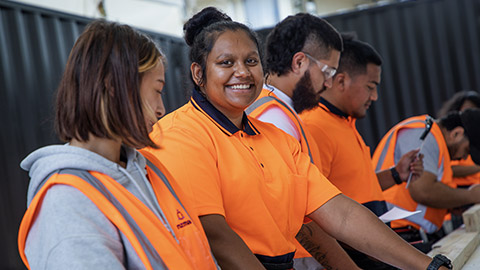
Interpersonal styles refer to the various ways people interact with others.
Having a good understanding of the different interpersonal styles can help you understand how to approach and converse with others. This is especially helpful if you must work with people you are not familiar with for extended periods of time to complete a project.
By applying your understanding of interpersonal styles, you can adjust your interactions depending on the interpersonal style demonstrated by others.
The Four Types of Interpersonal Styles
Four types of interpersonal styles you may encounter on site could be:
The Supporter
These individuals are good listeners and seek to create trust. They focus on team harmony and prefer informal discussions. They also prefer to make decisions by taking everyone's opinions into account. Supporters are compassionate, kind, and patient.
They ensure to carefully listen to who they are talking to and always express their opinions thoughtfully and calmly. Because of these characteristics, supporters are usually the ones being approached first when staff share their problems and concerns.
The Visionary
These people are creative, good at brainstorming potential ideas, and encourage their teams to be innovative. They enjoy talking to other people and always try to let people understand where they are coming from. Visionaries enjoy lively discussions but often lose track of time or certain objectives.
The Analyser
These people are critical thinkers and focus on accuracy. They encourage their teams to solve problems using analysis or facts. They usually prefer formal discussions and want to check information first, which makes them slower at making decisions. Analysers often disregard the feelings and opinions of others. They are open communicators and can be assertive in expressing their opinions as they believe they are right.
The Realist
These people are focused on goals and results and are effective at handling crises. They prefer brief, concise discussions and want work to be done in an organised, quick manner. Realists make loyal and reliable co-workers who can always be counted on to do what is right.
Explore
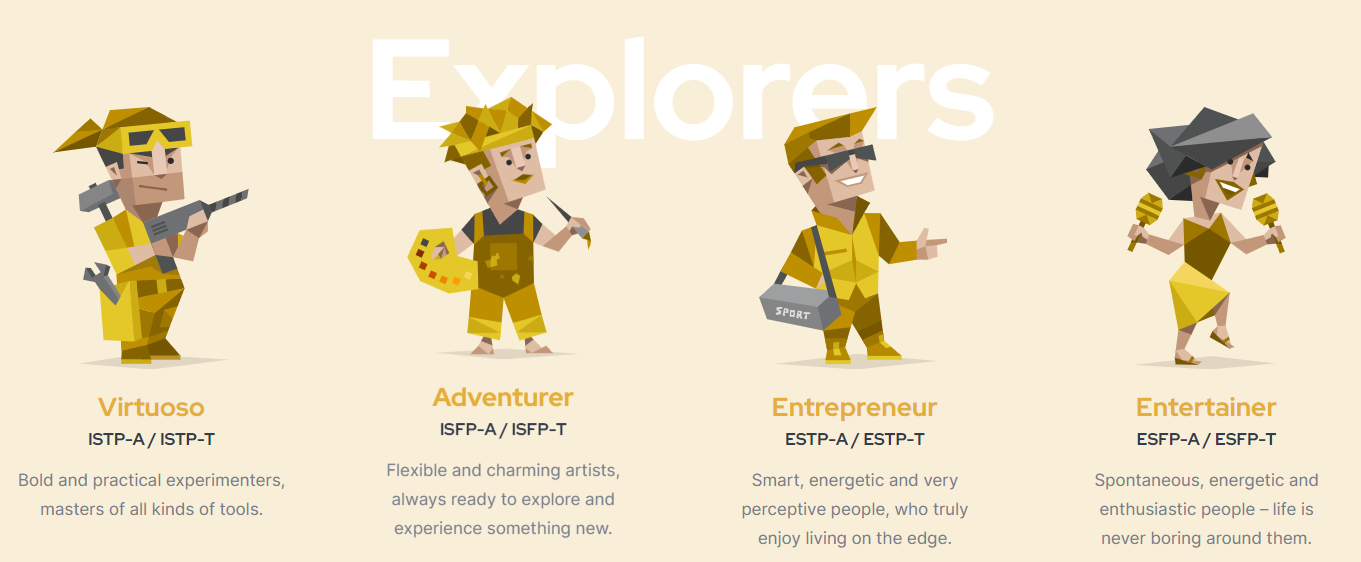
There are many theories presented over the decades on personality types. Have a go at completing a free personality test from the website 16 personalities.com.
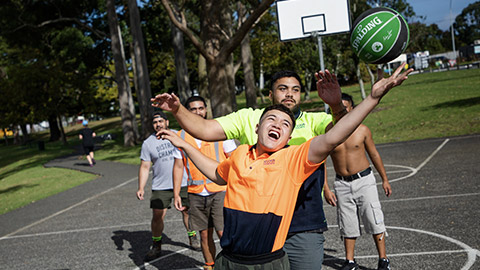
Improving workplace relationships in the building industry, as in any other field, is crucial for fostering a positive and productive work environment for all.
Some ways you can improve your workplace relationships include:
Organise a team-building activity
Team building can be used to improve co-worker relationships because the activities included usually aim to build collaboration and teamwork. Participating in such activities improves co-workers’ relationships with each other.
Safety and well-being
Look out for your team's safety and well-being on the construction site. It's not just about physical health—it's key to building strong relationships at work. Prioritising safety builds trust, respect, and care, making communication and teamwork flow better in the construction world.
Be present
Being present goes beyond just showing up in person. When you regularly present yourself on site, it helps them see more of you and indicate you are accessible. It is also important to be emotionally present when you are interacting with your team members. Show them that you care about your job and everyone in your workplace by minimising any unnecessary distractions, such as being on your devices.
Build trust
Mutual trust is a shared belief that you can depend on each other to achieve a common purpose. Be honest about the positive and negative aspects of the business. Value your team members and their input. Listen with an open mind even if you do not ultimately choose to follow a suggestion, as this shows that you trust their ideas and experience.
Recognise individual achievement and acknowledge the team's successes
Set aside time to reflect and celebrate big and small wins. But get ready to also cushion any falls or blows to mitigate any impact on the team's morale. When you do your daily or weekly rounds, take note of the good things or habits that your team members display. And if there are issues or concerns affecting the team in general, address them as a team and not as an attack on a singular team member.
Reflection
What have you done this week to improve your workplace relationships?
Remember that building positive workplace relationships takes time and effort.
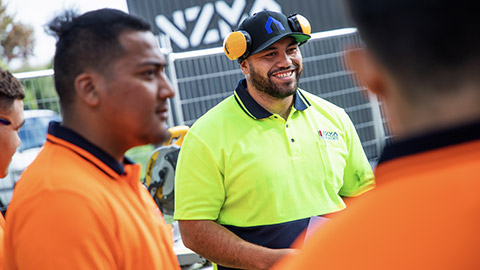
In the construction world, Māori leadership principles come to life, shaping a unique approach to project management.
Whanaungatanga in Project Teams
Imagine a construction site as a wharenui (meeting house), where relationships are the foundation. Building strong connections within project teams ensures smooth collaboration, like the interlocking beams of a sturdy structure.
Manaakitanga in Workplace Culture
On a construction project, manaakitanga is evident in the way workers care for each other's well-being. It's creating a culture where everyone feels valued and supported, like a tightly knit construction crew ensuring each member is seen and heard.
Kaitiakitanga in Sustainable Construction
For Maori leaders in construction, kaitiakitanga means more than just building structures. It involves mindful stewardship of the land and resources. It's about constructing with an eye on sustainability, ensuring projects leave a positive impact on the environment.
Rangatiratanga in Empowering Teams
Leadership in construction follows the rhythm of rangatiratanga – empowering each team member to lead within their roles. It's like a construction foreperson delegating tasks, recognising the unique skills of each worker to contribute to the project's success.
Whakapapa in Legacy-Building
In construction, whakapapa is seen in the respect for the knowledge passed down through generations of builders. It's acknowledging the historical journey of construction practices while innovating for the future – the passing of the hammer, so to speak.
In the construction domain, Māori leadership principles provide a blueprint for not just erecting structures but fostering strong teams, sustainable practices, and a legacy that stands the test of time.
